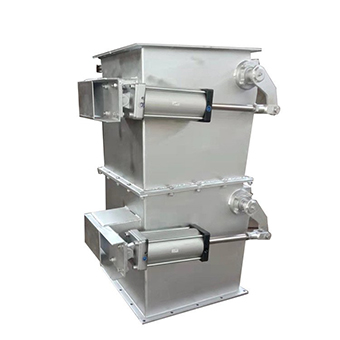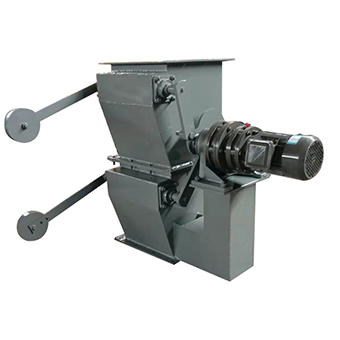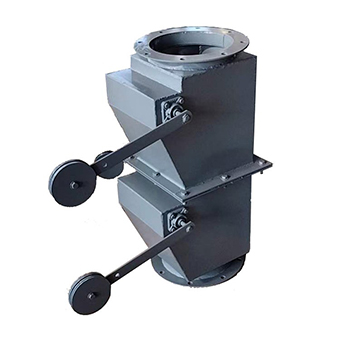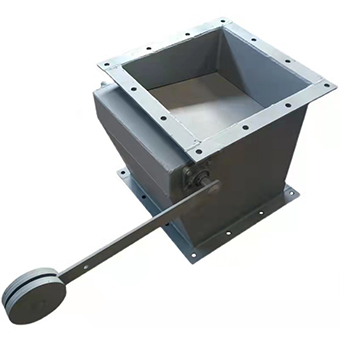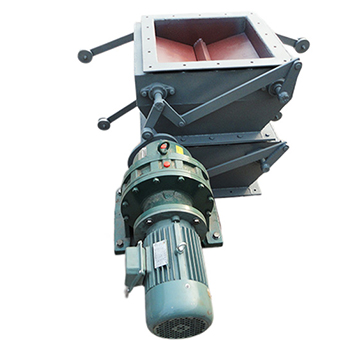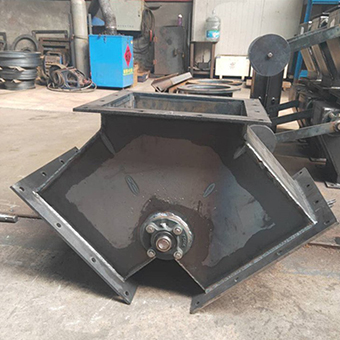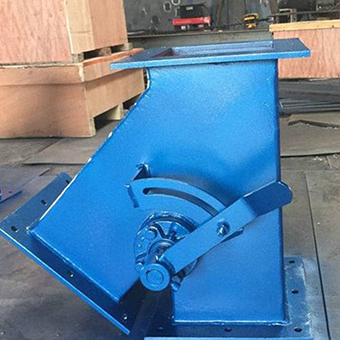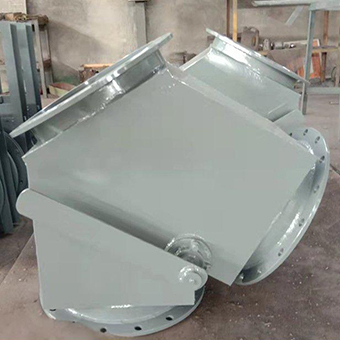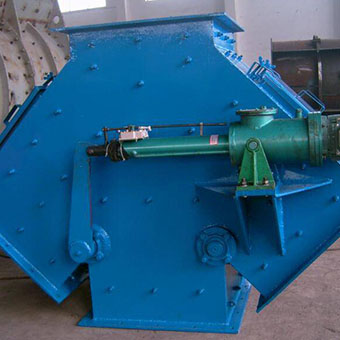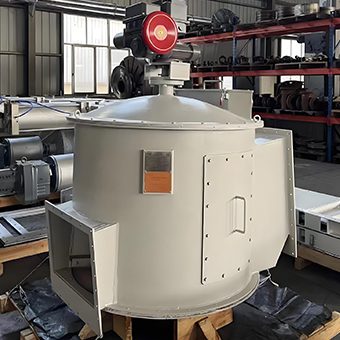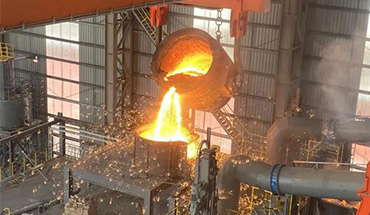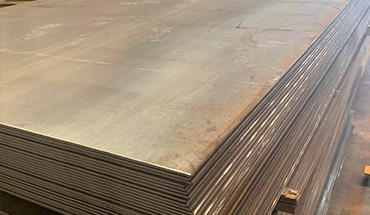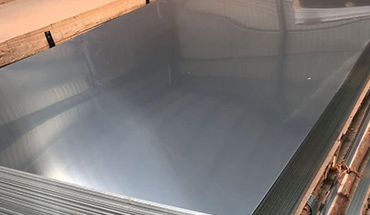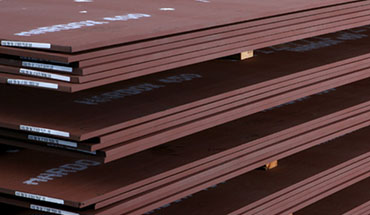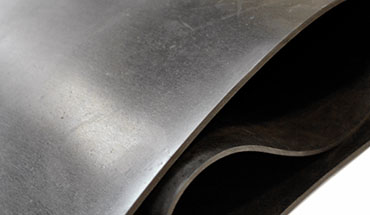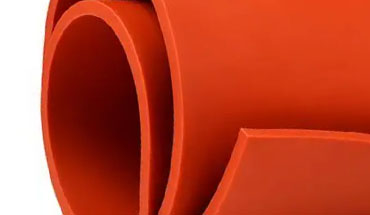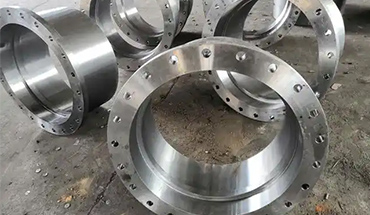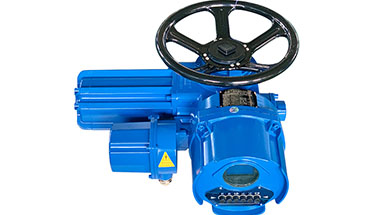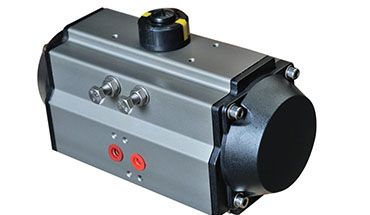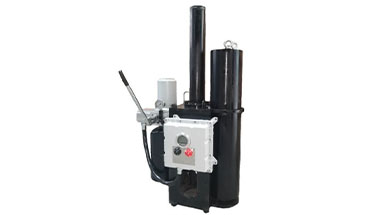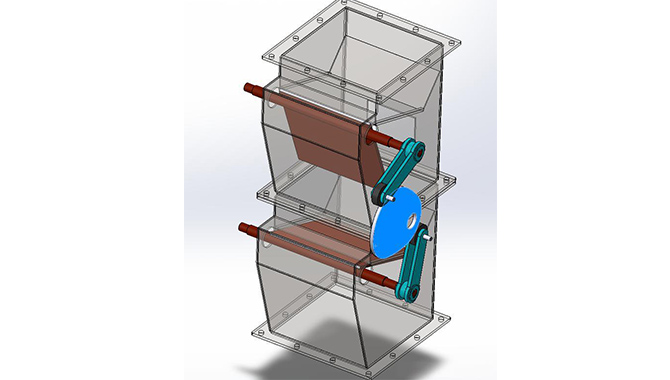Flap Valve Mechanism
The flap valve mechanism is a simple device that helps control how liquids or gases flow. It has a movable flap that swings open and closed using a hinge or pivot. When the pressure of the fluid gets high enough, the flap opens up, letting the fluid flow through. But if the pressure drops or if the fluid tries to flow back the other way, the flap shuts, stopping any backflow.
Components
- Flap: The movable part that opens and closes to allow or restrict flow.
- Hinge or Pivot: The point around which the flap rotates.
- Seal: Often made of rubber or other materials to prevent leakage when the flap is closed.
Working Principle
- Open Position: When the pressure of the fluid exceeds a certain threshold, the flap opens, allowing fluid to flow through.
- Closed Position: When the pressure drops or flows in the opposite direction, the flap closes, preventing backflow.
Double Flap Valve
Diverter Valve
Multiple Material Options to Meet Your Needs
A Wide Range of Sealing Materials
High Performance Actuators
Powered by electricity, integrating motor/gear/encoder, it can work independently without the need for auxiliary systems.
Economical in price, with rapid response (<1 second), and suitable for explosion-proof environments.
Integrating electric and hydraulic technologies, suitable for extreme conditions (high pressure/high vibration).
Advantages of Flap Valve
The flap valve is composed solely of the valve body, the flap (valve plate), the rotating shaft and the reset mechanism (gravity/weight/hydraulic spring), without any complex transmission chain.
What’s more, the driving method has been simplified. The electric/air-powered versions only require the addition of actuators without altering the basic valve body structure.
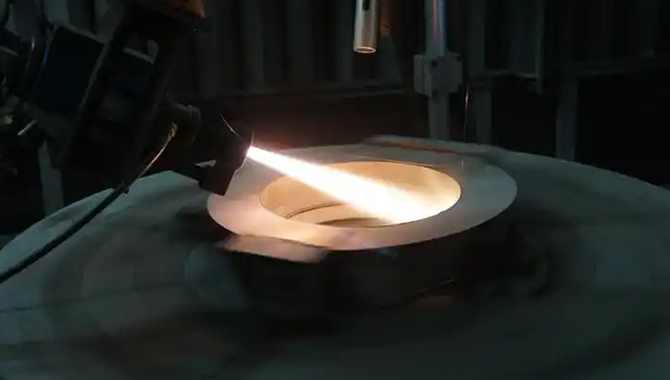
The flap valves’ plates are made of alumina ceramic material or coated with tungsten carbide, with a hardness of over HRA 88, approaching the level of diamond, significantly enhancing the resistance to particle erosion.
The flap valve is divided into three independent units: the driving module (motor/hydraulic), the valve body module (with wear-resistant liners), and the control module (intelligent PLC), which enables rapid replacement and upgrading.
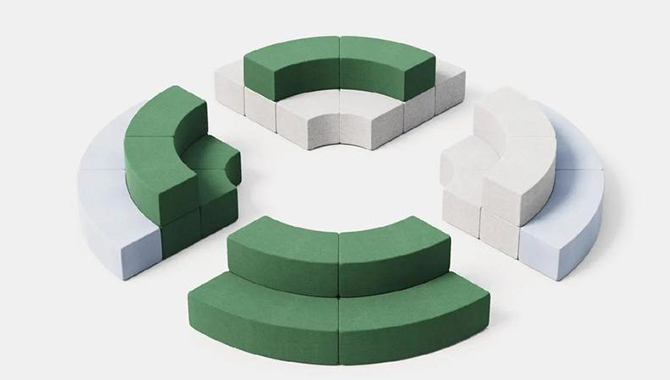
Company Production Introduction
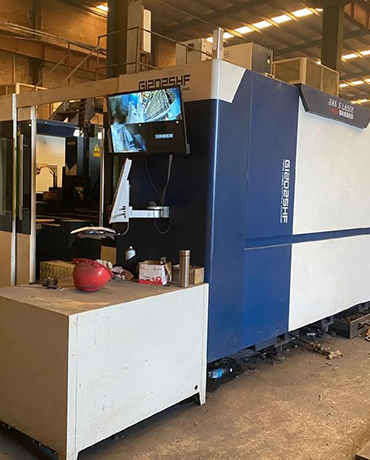
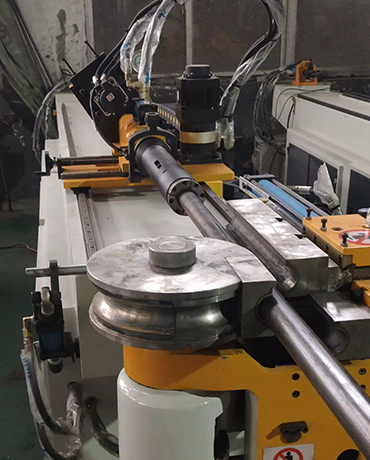
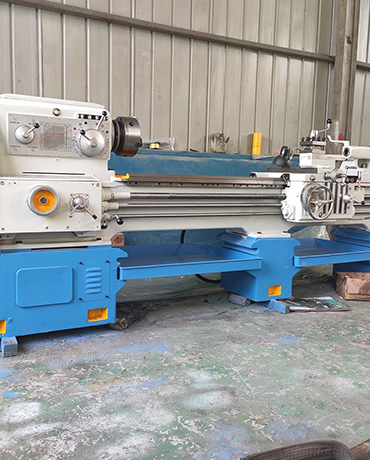
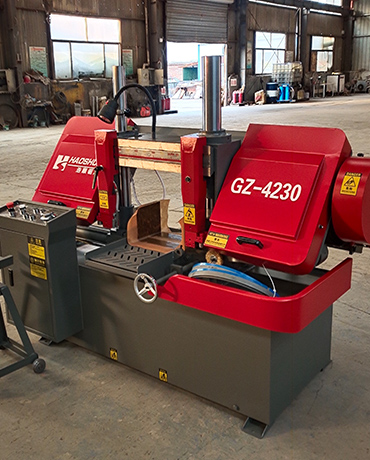
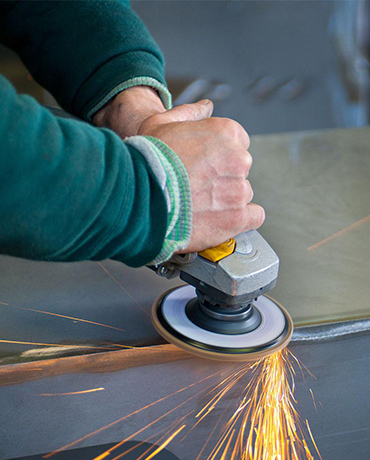

Our flap valve is widely used in various industries, primarily including: Chemical Industry, Oil and Gas, Power Industry, Environmental Protection, Building Materials, Food and Beverage…
Yes, our flap valves are non-return valves.
Flap valves are mainly used for backflow prevention and simple on/off control, while butterfly valves offer better flow regulation and versatility in various applications.
The flap valve is equipped with a universal flange interface. The valve can be sealed by symmetrically tightening the bolts without the need for special tools or complex adjustments.




